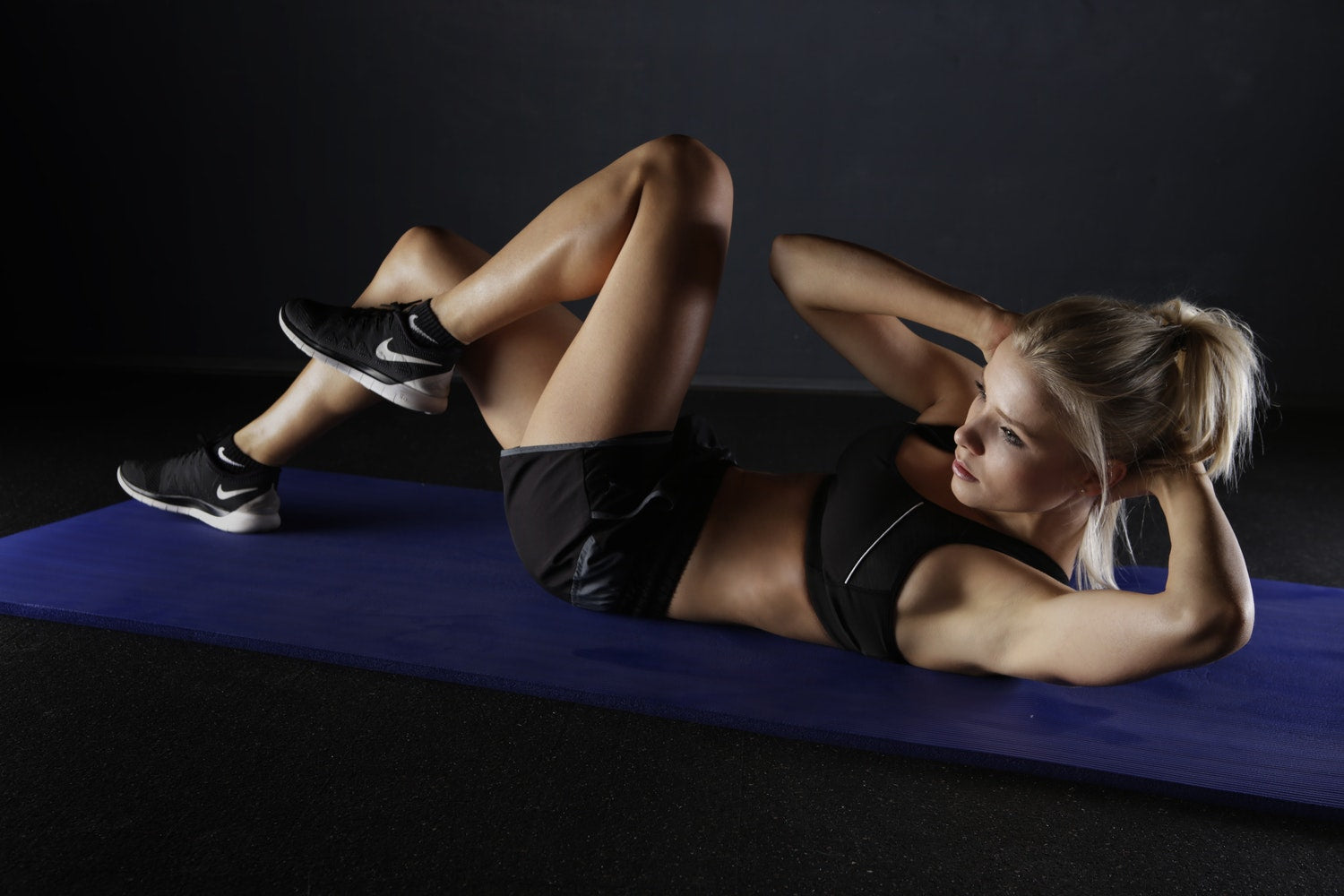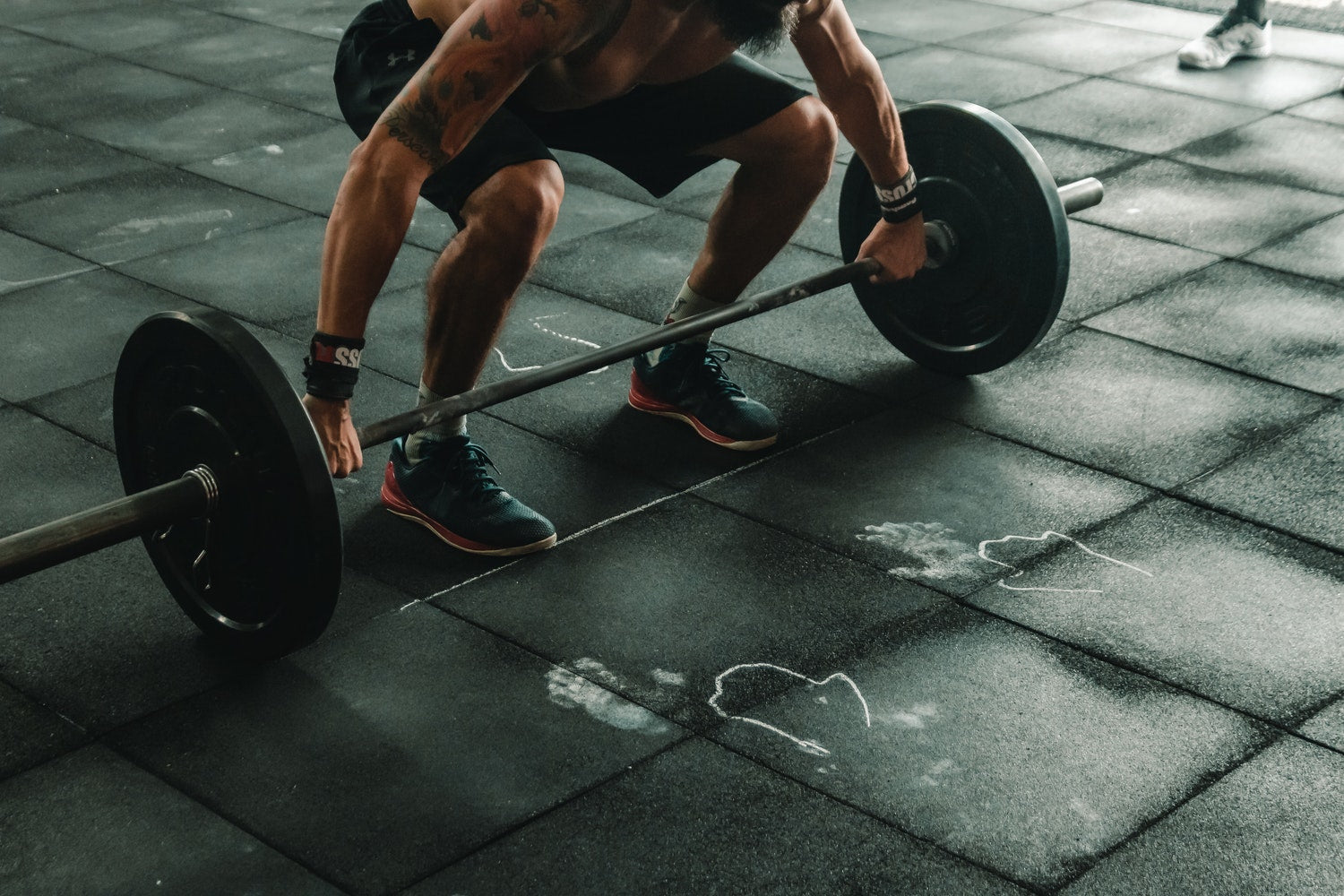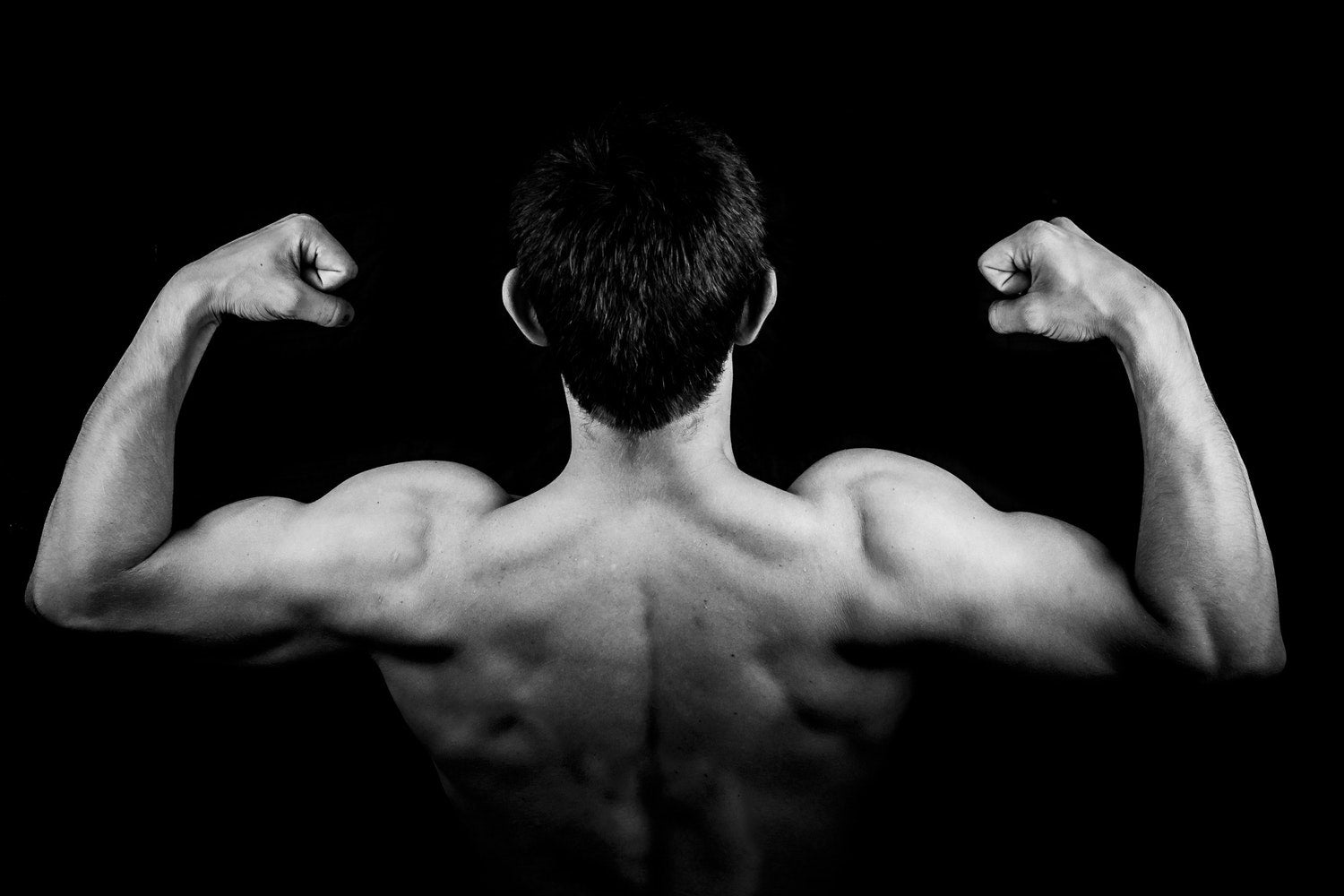If your goal is to lose weight, you may be very preoccupied with calories. It is true that a calorie surplus can contribute to weight gain, while a calorie deficit can contribute to weight loss. If you eat more calories than you burn or even the same amount, it may be difficult to shed those pounds. Counting your calories is not a fruitless effort, after all.
However, despite what you may think, the number of calories you burn does not determine the quality of a workout or the results you get from it. There are various other factors and goals that you should be fixated on along your fitness journey.
To lose a pound of body fat, you need to burn roughly 3,500 calories. That equates to nearly 12 hours of walking and six hours of running. While walking a mile burns the same amount of calories as running a mile, running that mile burns those calories twice as efficiently. For maximum efficiency, choose high-intensity exercise.
The truth is, if you’re trying to lose weight, calories are a factor to take into consideration. However, they’re not the whole story.
Build Lean Muscle Mass
Cardio burns more calories than resistance training, so losing weight and building muscle seems like opposite goals, right? Nope! They actually go hand in hand. Not only does lean muscle mass cause you to look more toned and fit, but it can also optimize your body for weight loss.
When you have more lean muscle, you burn a greater amount of calories at rest. Furthermore, just 10 weeks of regular resistance training can increase your metabolism by seven percent and reduce fat. In summary, your body becomes a more efficient calorie-burning machine.
As with most things in life, variety is a good thing. To maximize your weight loss results, combine both cardio and weight training. The Ski-Row Air and Ski-Row Air + PWR machines by EnergyFit are the best way to do that.
These machines provide not only a high-intensity cardiovascular workout but also a full-body resistance workout. You can burn calories and build lean muscle mass all at once!
Control Your Diet
Both diet and exercise are crucial pillars of your fitness journey. While diet has a stronger effect on weight loss, physical activity has a stronger effect in preventing weight regain after weight loss.
While you want to keep yourself in a calorie deficit to promote weight loss, calories are not everything. You must also take into consideration your macro and micronutrients.
A well-balanced diet conducive to optimum athletic performance will include protein, carbohydrates, and fat. It is recommended that active individuals eat between 0.5 to 0.8 grams of protein per pound of body weight. Muscle mass is built when the net protein balance in the body is positive.
You may think carbohydrates and fat are counterintuitive to weight loss; however, that is not the case. Healthy carbs, such as brown rice and sweet potatoes, are essential to replenishing your body’s glycogen stores. Without proper glycogen levels, your body will eat away at your muscle tissue for energy. Now THAT is counterintuitive.
Healthy fats, including monounsaturated and polyunsaturated fats, are also essential for your body’s energy levels. While carbs are used for short-term burst energy, fats are used for longer-term endurance energy. Without carbs and fat, you won’t have the energy you need to complete workouts.
Don’t forget your vegetables!
How Do I Know if I Worked Out Enough?
Tracking the calories you burned is one of the only methods to put a numerical value on your workout. However, as you now know, calories aren’t the arbiter of fitness. In fact, keeping track of the calories you burn can be a fruitless effort as fitness machines rarely provide accurate estimates.
The best way to determine if you worked out enough is to listen to your body. Are you sweating? Are your muscles sore? Are you out of breath? Can you no longer perform with intensity? These are symptoms of someone who has completed a healthy workout.
Even more important than avoiding undertraining, though, is avoiding overtraining. If you work out to the point where you are shaking, dizzy, or passing out, you have exerted yourself too much. This is another reason to avoid tracking calories. It is far more important to listen to your body than some numbers on a machine. After all, overtraining can lead to injury and a lack of results. No one wants that.
Summing It Up
If you want to lose weight, you need to be in a calorie deficit. However, a preoccupation with burning calories may not be the best use of your time. In fact, there are several other ways to optimize your weight loss journey.
Building lean muscle will allow you to burn more calories at rest. By increasing your metabolism, lean muscle will allow you to efficiently burn calories even when you’re not in the gym. Muscle-building resistance training paired with cardio is the most effective way to burn fat.
Even more important than exercise is nutrition. By consuming a balanced diet complete with lean protein, complex carbohydrates, and healthy fats.
EnergyFit is dedicated to bringing you the results you dream of. Check out how our products can improve your fitness journey.
Sources:
Exercise for weight loss: Calories burned in 1 hour | Mayo Clinic
How to safely and effectively create a calorie deficit for weight loss | Medical News Today
What Is a Good Amount of Calories Burned in a Workout? | Livestrong





Leave a comment
All comments are moderated before being published.
This site is protected by hCaptcha and the hCaptcha Privacy Policy and Terms of Service apply.